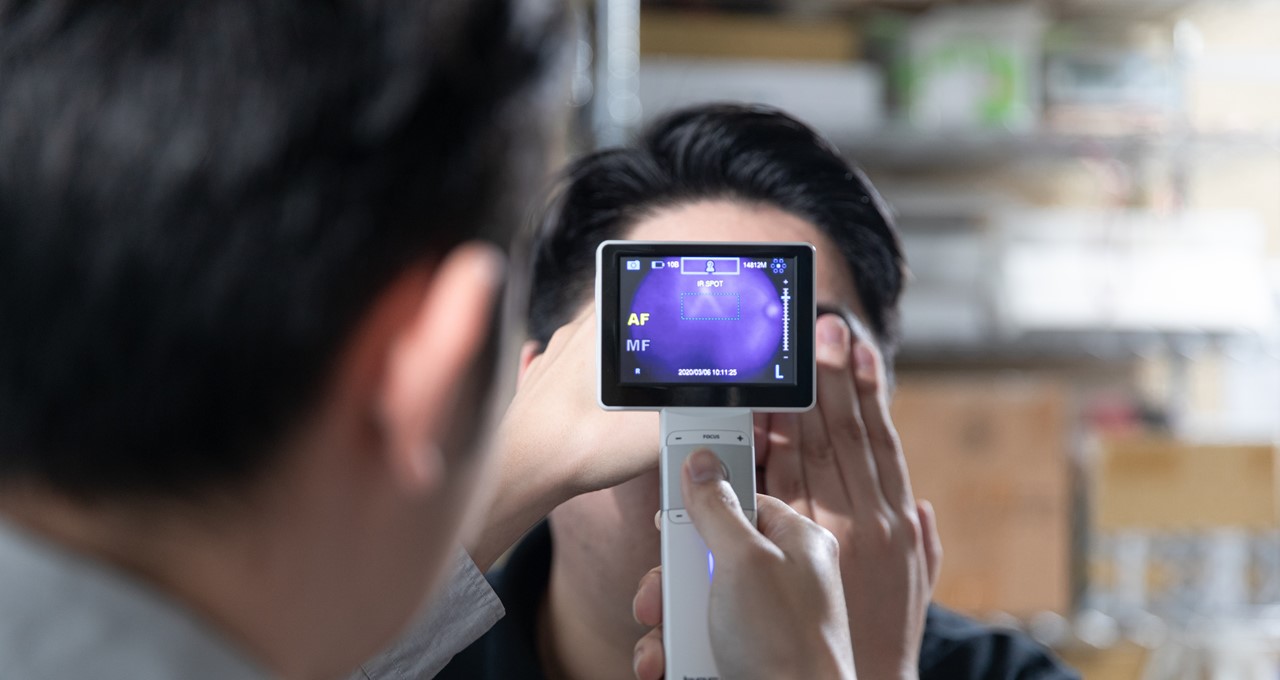With more than 400 million people around the world afflicted with diabetes, screening for diabetic eye disease has grown increasingly commonplace. But it’s a practice that faces numerous obstacles.
Symptoms of diabetic retinopathy, as it’s known, are often hard to diagnose, even from high-resolution images of the eye’s interior. And spotty internet connectivity at many hospitals and clinics can make analyzing images via the cloud either impossible or too time consuming for primary caregivers to provide thorough diagnoses.
This raises the chances that early treatment opportunities are missed, said Julie Chen, vice president of sales for Medimaging Integrated Solution, Inc. (MiiS).
The Taiwan-based medical device-maker has tackled this problem by marrying fundus cameras, AI algorithms, NVIDIA GPUs and an edge computing architecture to put lightning-quick diagnosis of diabetic retinopathy in the hands of doctors.
By embedding an NVIDIA Jetson TX2 GPU supercomputer in MiiS’s Horus Digital Fundus Camera, as well as AI software trained to detect diabetic retinopathy, MiiS has essentially given doctors a highly portable, GPU-powered AI device that generates a diagnosis in seconds.
“This could save people from waiting a long time to get a diagnosis when they cannot see an ophthalmologist,” said Chen.
No Surprise: Early Diagnosis Critical
Spotting diabetic retinopathy at an earlier stage can delay or even prevent the onset of diabetes-related blindness. However, primary caregivers typically aren’t able to catch obscure indicators that an ophthalmologist — or MiiS’s AI model — would.
To train its model, MiiS turned to three partner hospitals to obtain a dataset of 120,000 images. Those images were labeled by a team of 50 doctors, and training occurred on NVIDIA GPUs in the cloud.
MiiS’s solution generates the needed fundus images, immediately applies its AI model to these images and runs the inference computations on the embedded Jetson TX2. Doctors receive the result of that analysis within 5 seconds.
At about 90 percent, the accuracy of MiiS’s AI model is comparable to that of the typical ophthalmologist’s. But the real benefit of the solution is the speed: The edge-computing approach performs 10x faster than a competing cloud-based offering, which only operates when a facility’s internet connection is stable.
“The general practice physician is able to know the diagnosis result right away instead of waiting for feedback from the cloud server,” said Chen.
Only the Beginning
While MiiS, which was founded in 2010, has developed a number of diagnostic devices that make use of its Horus line of digital scopes, its diabetic retinopathy solution is its first attempt at combining fundus imagery, AI and edge computing. It’s currently under FDA review.
Chen said the approach could be applied to other fields that touch diabetes, such as otology (study of the ear), stomatology (mouth) and dermatology (skin).
What’s more, she said the company wants its use of edge computing to catch on throughout the AI world, whether medical or industrial.
MiiS is a member of NVIDIA’s Inception program, a virtual accelerator that equips startups in AI and data science with fundamental tools to support product development, prototyping and deployment. Check out how the program helped MiiS, starting at the 2-minute mark of this video:
Register today for a webinar taking place on May 28 at 8 am PT to hear from MiiS CEO Stefan Cheng, who will present during a Healthcare AI Startups Spotlight on medical instruments.
